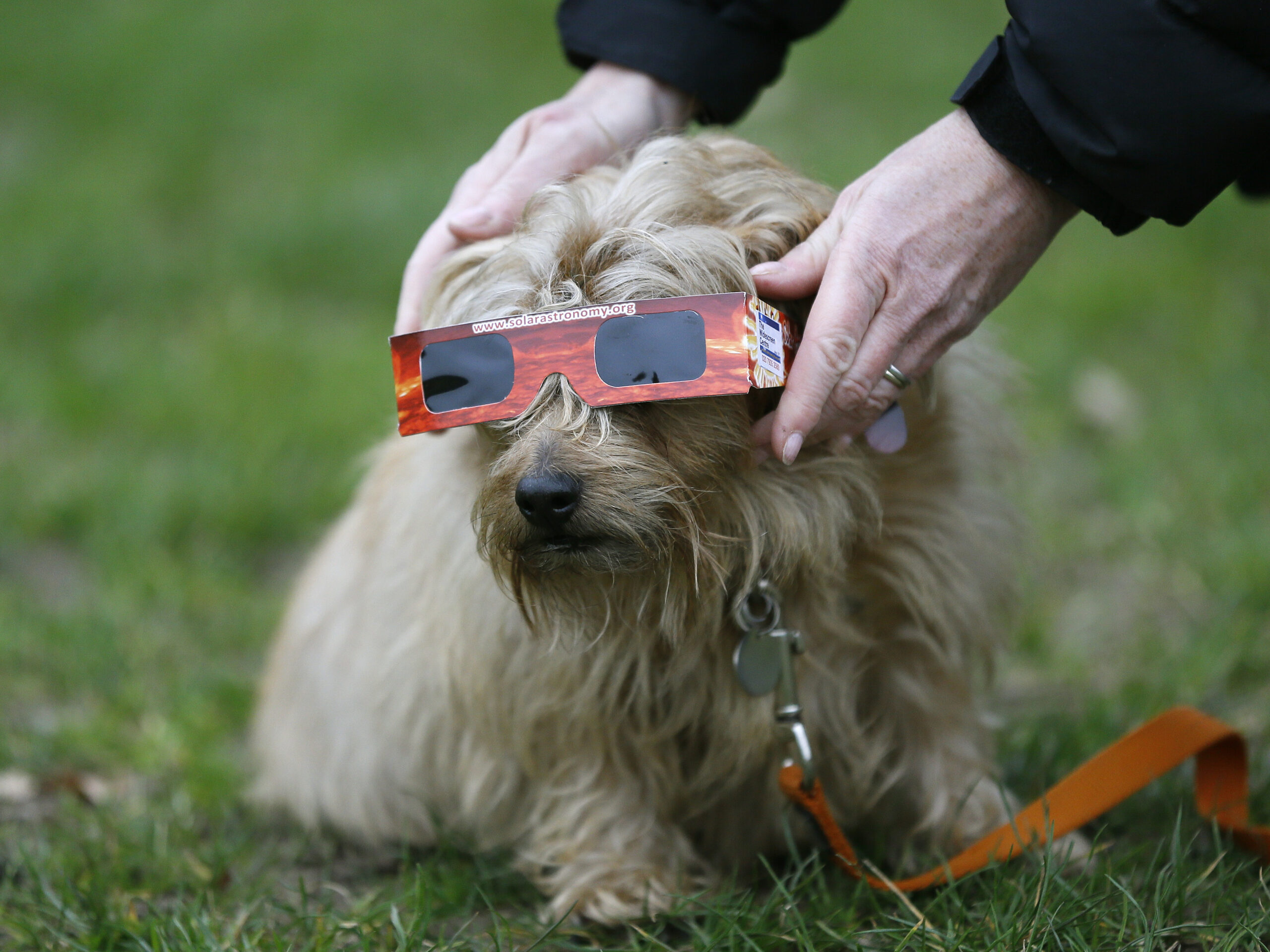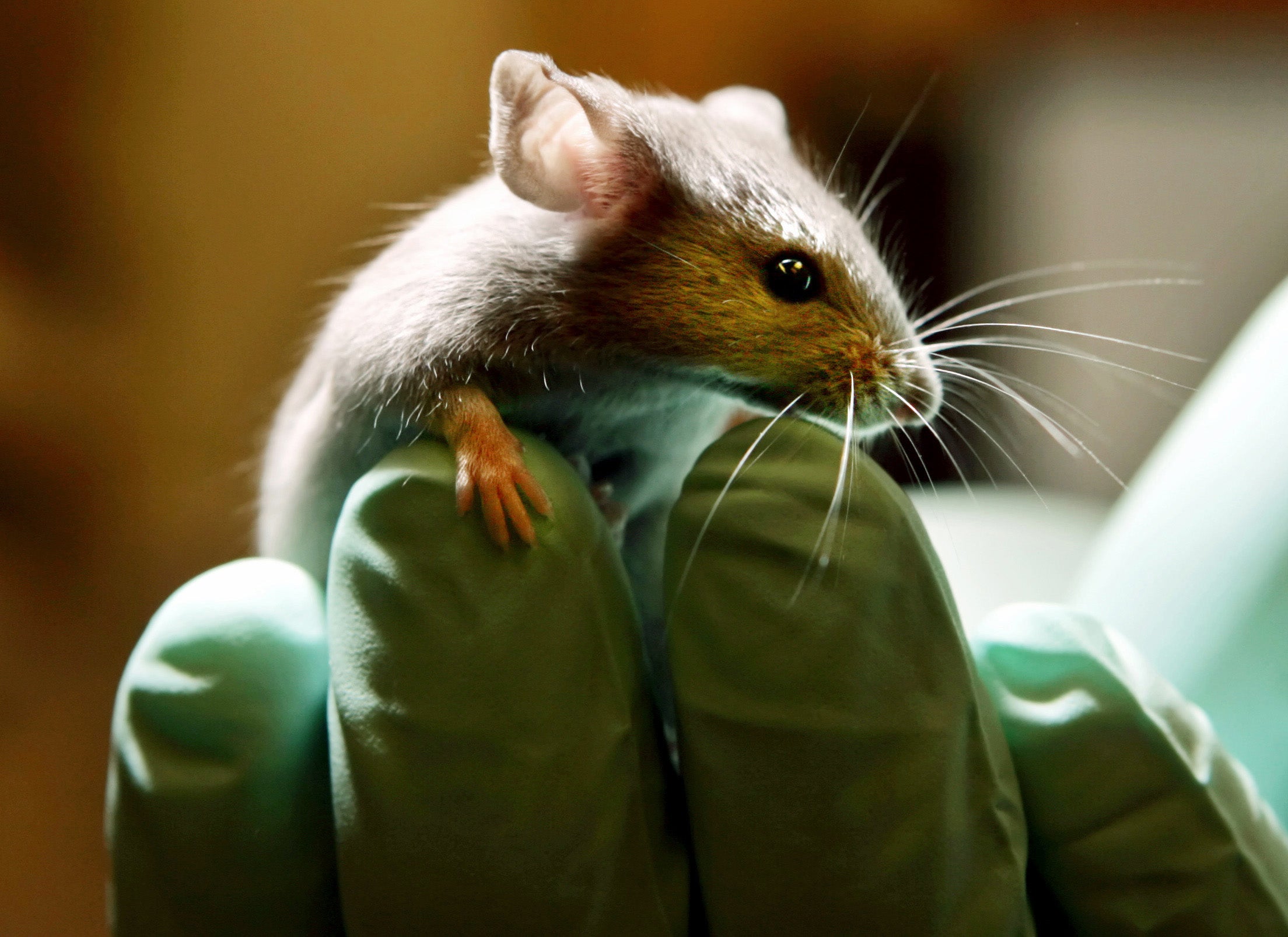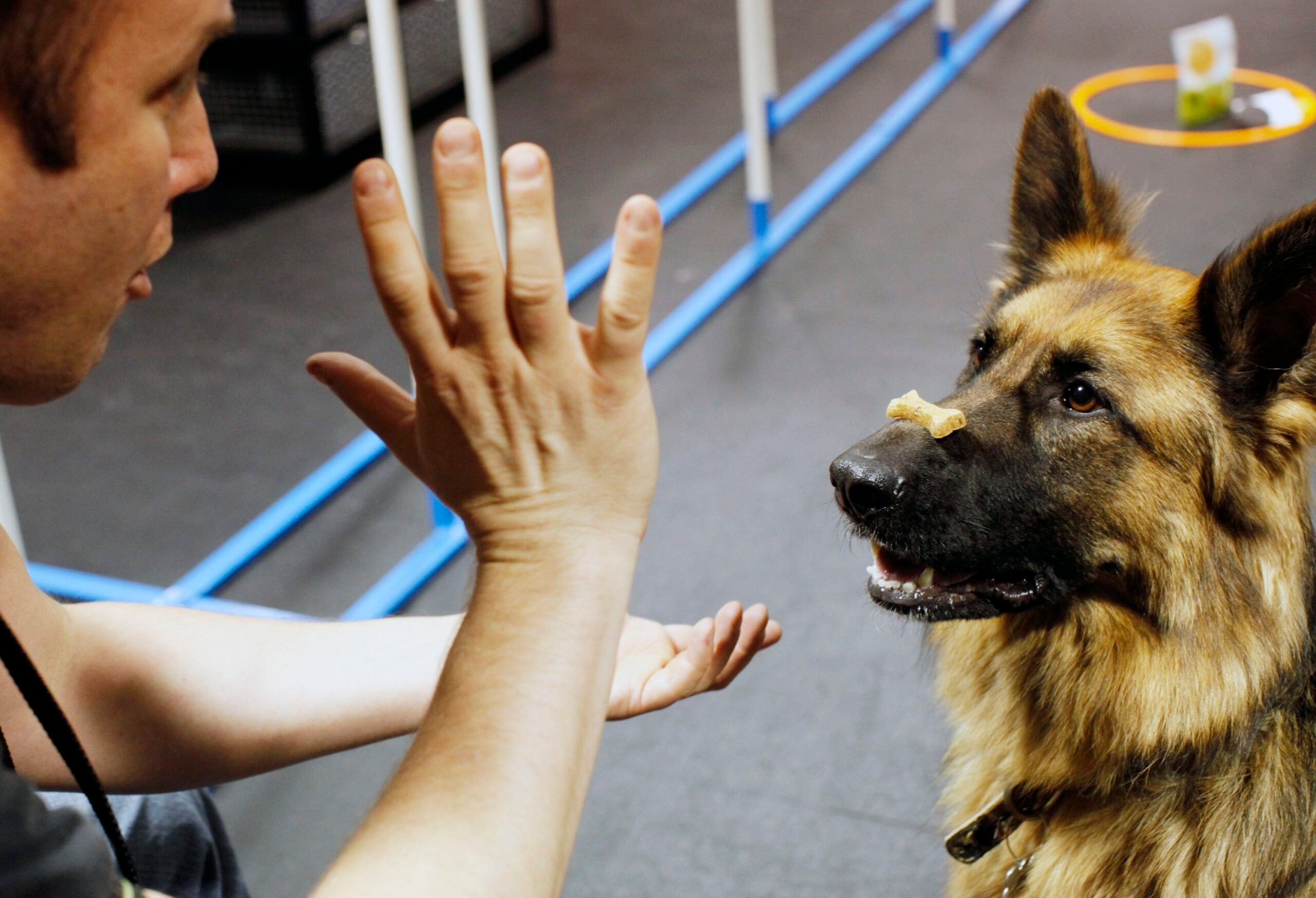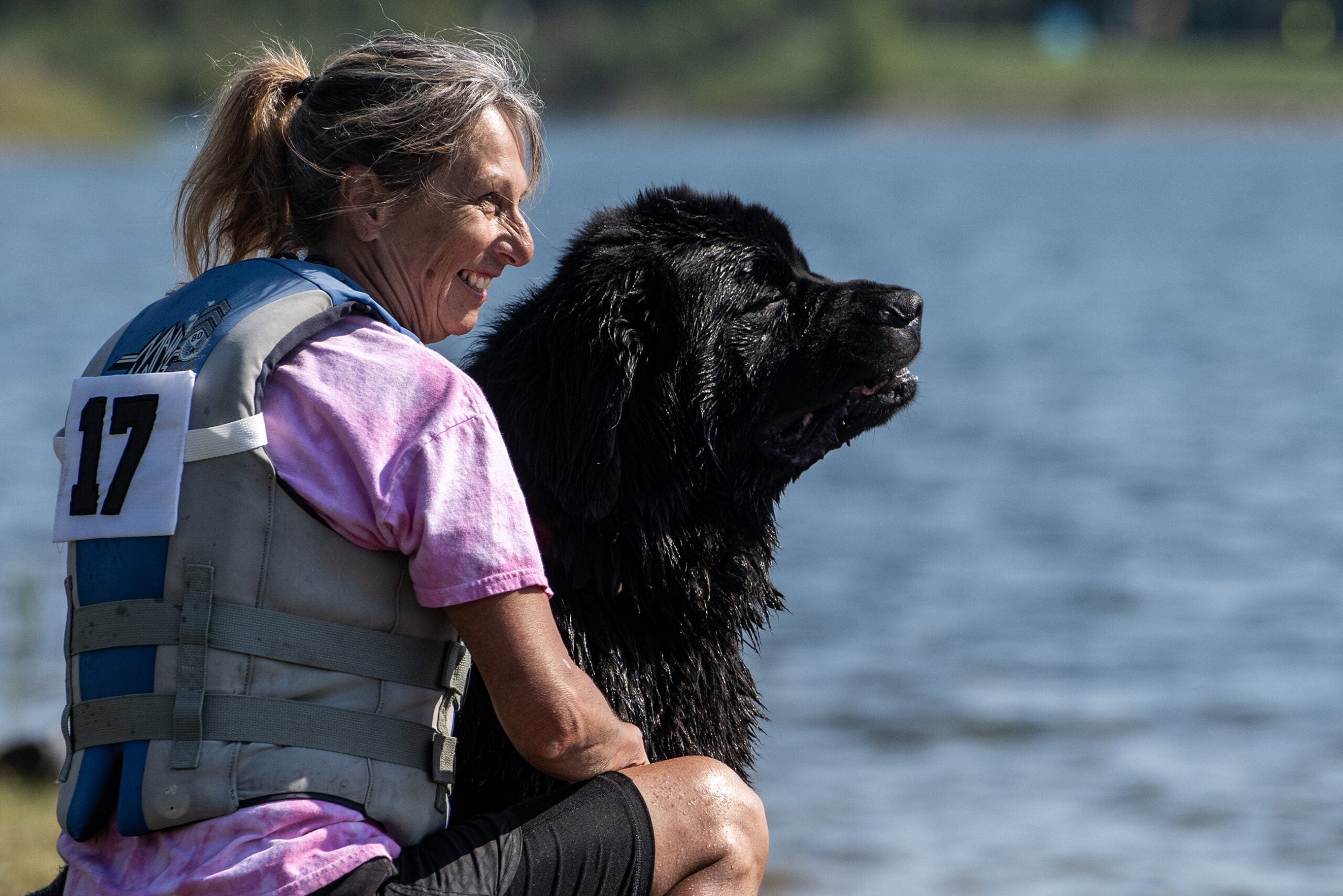Featured in this Show
-
Veterinarian Offers Advice To Help Pets Age Gracefully
Much like their human companions, pets can’t escape the aging process, but how they age and what it means for their quality of life can vary significantly.
Not only do living conditions and diet affect animal aging, so does the breed of the pet. Dr. Sandi Sawchuk, a professor at the University of Wisconsin-Madison School of Veterinary Medicine, said that larger breeds of dogs, for instance, will show signs of aging much faster than small breeds in general.
“Not all dogs are alike. A lot of giant breed dogs, like great danes, are going to age a lot faster than breeds like miniature poodles or chihuahuas,” Sawchuk said. “But every breed of dog and size of dog is going to have things that will emerge as they start to age,”
Sawchuk said that she will frequently talk with owners who are concerned that their dog is greying around the snout, or is experiencing a change in texture and condition of the coat or skin. She said that often the changes are just part of the aging process, and nothing to worry about.
“There are some things that we can do something about and other things that you just have to accept gracefully,” Sawchuk said.
Growing old doesn’t necessarily mean being unhealthy, and Sawchuk said that there are ways to help a pet age more comfortably.
One area is cognitive decline. Sawchuk said that animals, like humans, can display symptoms of senility. The ways to stave it off are also what are recommended for people, she said.
“Think exercise, social interaction, and mind games,” Sawchuk said “All those things are going to help keep that dog mentally young at heart,” .
Sawchuk gave the example of a gadget that she uses with her own dogs. It works like a gumball machine, in the sense that it dispenses one nugget of food at a time when the dog paws a lever. She likes that the dogs are interacting with each other as well as the machine, and it is keeping them mentally stimulated.
Cats can benefit from similar challenges. Sawchuk said that putting a cat’s food in different location so that they have to “hunt” for it can help keep their minds alert. She did caution that owners need to take into consideration any limited mobility, like no longer being able to jump.
Pets that have to move and work a bit to get their food benefit in other ways, too. Sawchuk said that increasing safe activity can also improve joint problems and muscle wasting, both of which are common in aging animals.
Diet can play an important role in healthy aging, but Sawchuk cautioned that there is no regulation on the label of a “senior formula” for pet foods.
Many of the labeled senior foods are lower in calories to address the common decrease in activity that comes with advancing years. But Sawchuk cautioned that fewer calories isn’t the best solution for all older pets.
“There are two groups of seniors that we see, the fat seniors and the skinny seniors,” Sawchuk said, so low calorie foods “might not be appropriate for the skinny senior because they may end up losing more weight,”
Instead of relying on a manufacturer’s label of, Sawchuk said to check for ingredients that will address different effects of aging. She recommended foods that contain glucosamine and chondroitin sulfate for stiff and painful joints. She also suggested antioxidants like vitamin E that can help slow brain aging. Extra fiber to help digestive tract functioning is also welcome.
“Kind of sounds like a lot of us, doesn’t it?” Sawchuk added.
Episode Credits
- Larry Meiller Host
- Judith Siers-Poisson Producer
- Dr Sandra Sawchuk Guest
Wisconsin Public Radio, © Copyright 2024, Board of Regents of the University of Wisconsin System and Wisconsin Educational Communications Board.





